Day 14: Quick Release
A quick-release is a way to create a temporary lock that is very fast to tie and untie. They may not be as solid as other locking methods, but they are great in case of emergency, or for ties that may need adjustments along the way. We just need to be extra careful in case it unties accidentally with movement.
Here we start with quick releases based on the slipped half hitch. It is often called Yuki knot in the honour of Yukimura Haruki (1948-2016). It can be used by itself, or to create a cuff with an extra loop that is commonly in hojōjutsu 捕縄術 ties.
There is an entire family of hitches dedicated to knots that can be untied quickly. We will study those on Day 223. Note that when we continue to tie with the tail and untie a quick release without untying the rest, it will add some slack but not untie completely. If you are looking for an exploding knots that disappear completely, check out Day 224.
Slipped Half Hitch and a Half Hitch
A slipped half hitch is made by not pulling the rope completely through and tightening the hitch. You’ll need to start from a change of direction or some friction on the hitch’s origin as the entry point will not be locked. Then we make a half hitch on the loop created by the first half hitch to lock the exit into place.
This hitch can be quite fast to tie since it doesn’t require a full pull of the rope and can be released with one hand.
The loop created by the slip half hitch can be used in the tie, but when you pull a rope through, it will become locked like with the bight of a single column tie.
Here we use the bight of a single column tie as the starting point of quick release but any change of direction will work.
Quick Release Cuff
You can make faster inline cuffs using a similar technique. Don’t pull the whole rope through, just a little bit and use a half hitch on the loop to keep it in position.
Unlike the regular inline cuff, the exit will be locked in place with the hitches, but the origin still needs tension to stay in play.
Shrimp Tie
Tying the head to the ankles in a crossed leg position is known as the shrimp tie. In Japanese is it called ebi shibari 海老縛り (shrimp tie) or ebizeme 海老責め (shrimp torture). It is one of the four Japanese torture ties from the Edo period. Bending forward will restrict the ability to breathe, which is why using a quick release is a good idea for this tie.
For a more restrictive experience, you can tie the arms in the back using the quick release cuff. As we tie on the arms, we have to be mindful of nerve impingement, monitoring the capacity to open and close the hands and make use of the quick release to mitigate those risks.
We will continue our exploration of the shrimp tie in Day 161.
Practice Time!
Practice the quick release technique to create ties that you can adjust easily like the shrimp tie.
Self-evaluation checklist:
- There are no unnecessary twists, and the knot is nice and compact.
- The knot is snug and doesn’t untie with movement.
- All cuffs are located in a safe place on the body, away from joints and nerves.
Exploration ideas:
- Try releasing the knot and tying it back with the tied person in different positions (sitting, side, leaning forward, leaning on the back).
- Can you release the knot with one hand?
- Observe your hand movements as you tie it, can you make it faster? How quick can you untie it?
Inspirations and Resources
Coming soon!
Credit: Quick release tutorial M/R: Ebi McKnotty P: AlexK7 – Mayfly pattern M: Miss_Soffia R: Ebi McKnotty P: AlexK7
Or return to Hitches for more options.

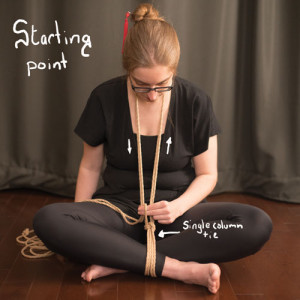
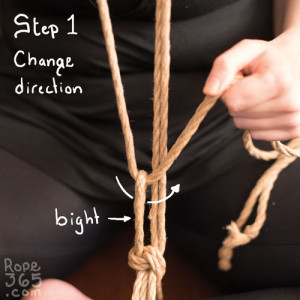
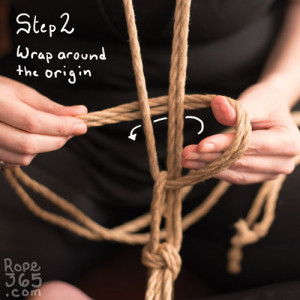

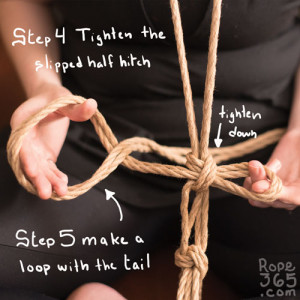
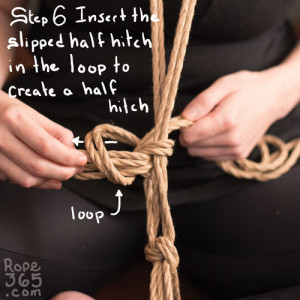


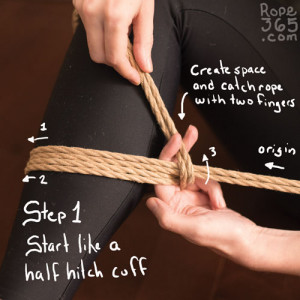
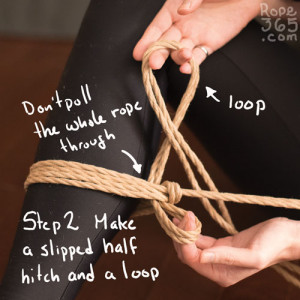
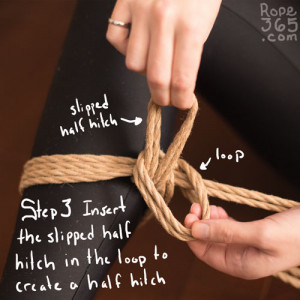
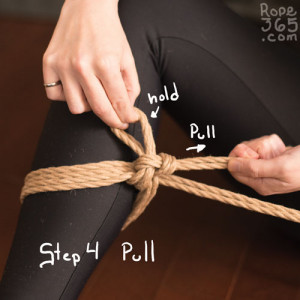
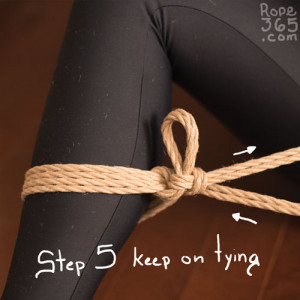


2023-10-08 at 1:50 PM
Not a fan of the quick release cuff as it seems to be cinching